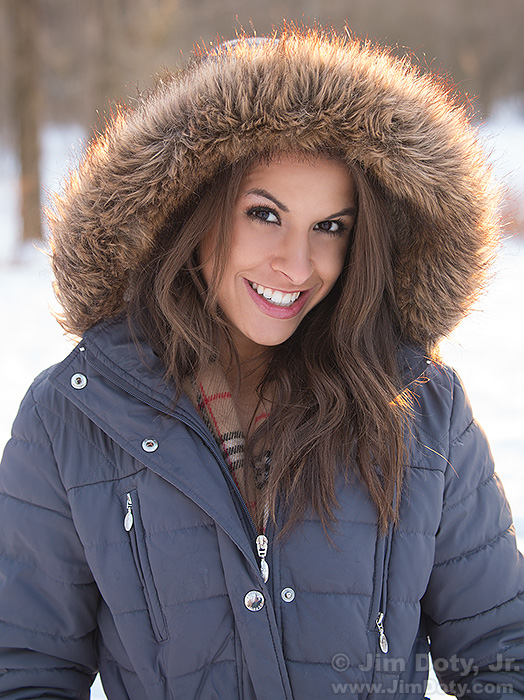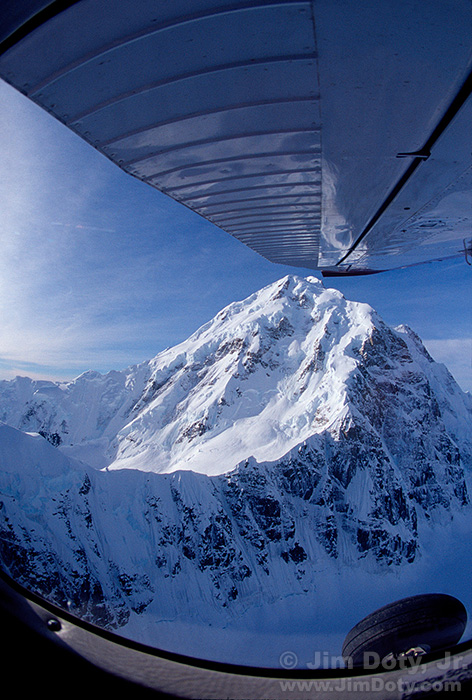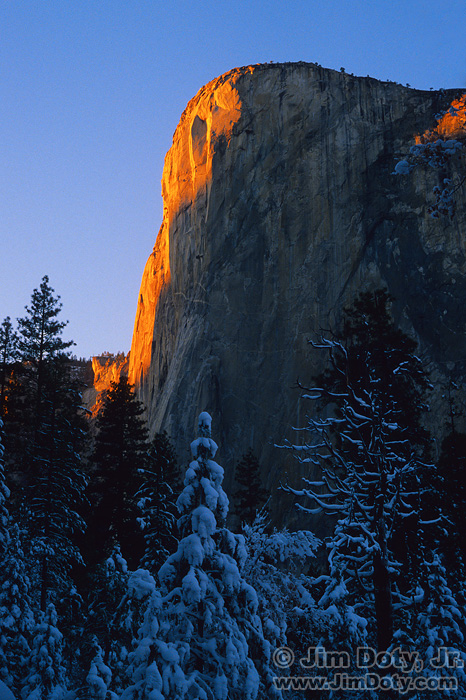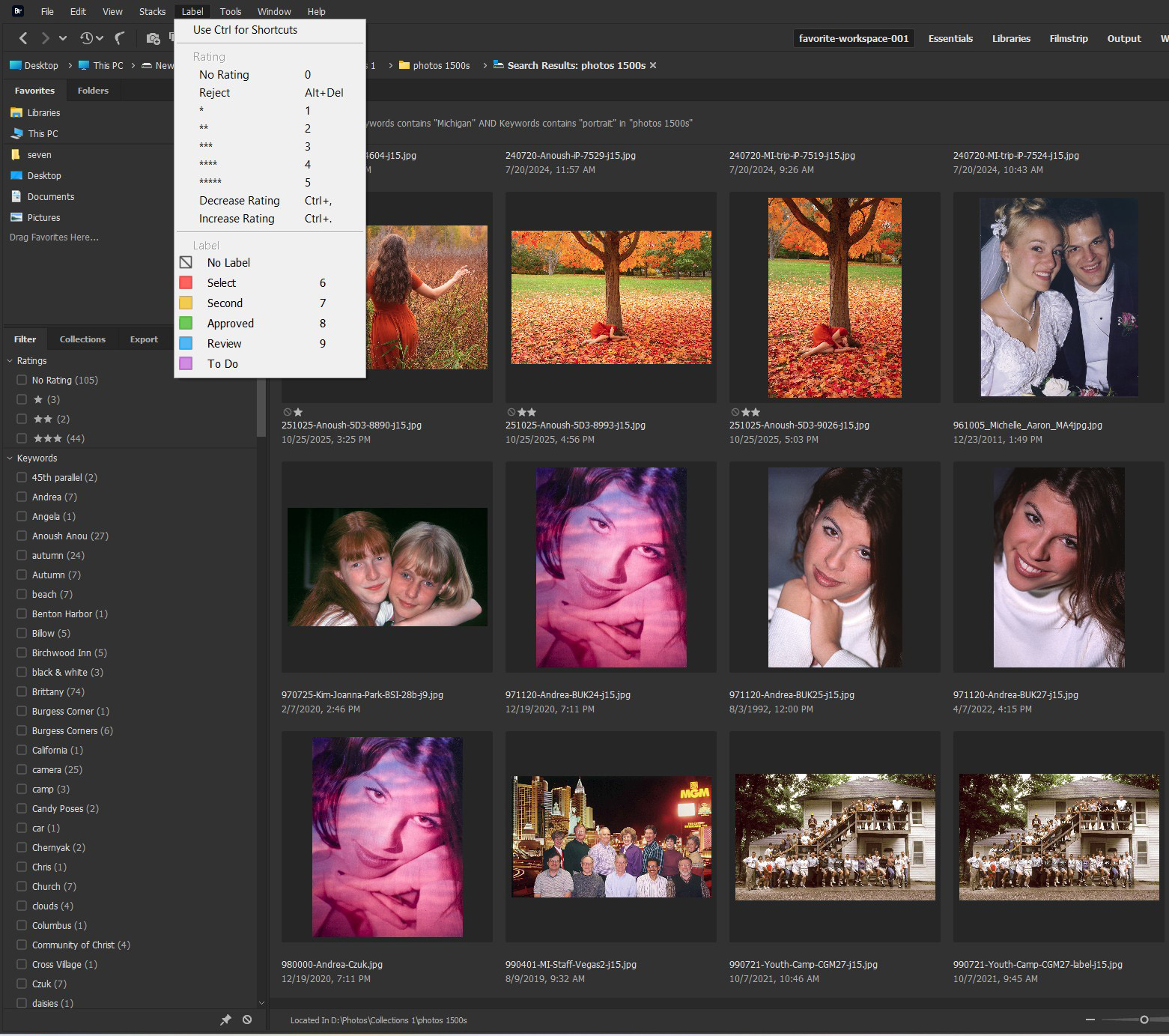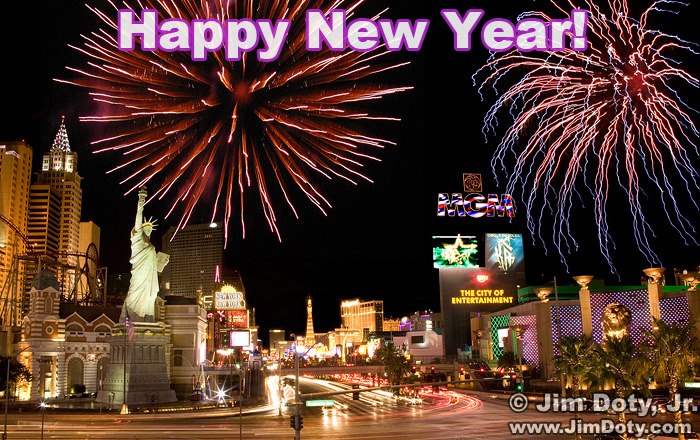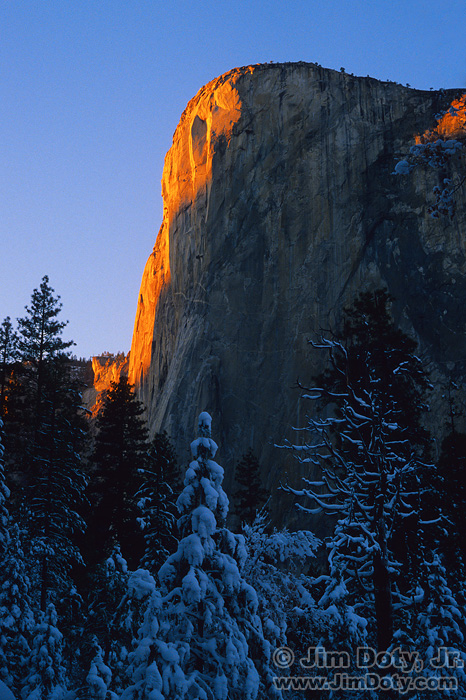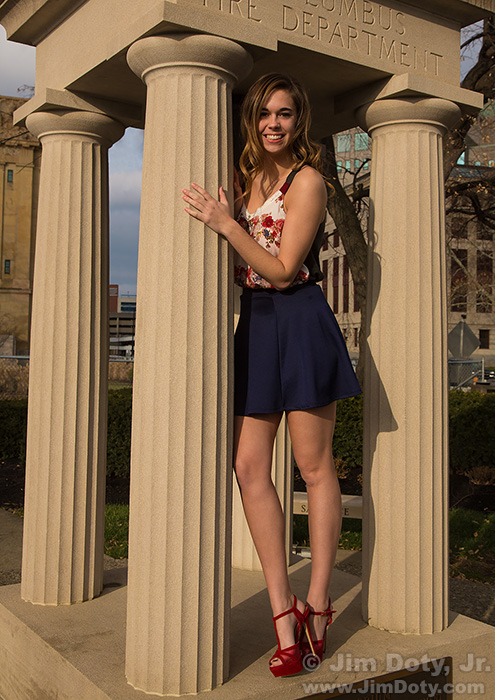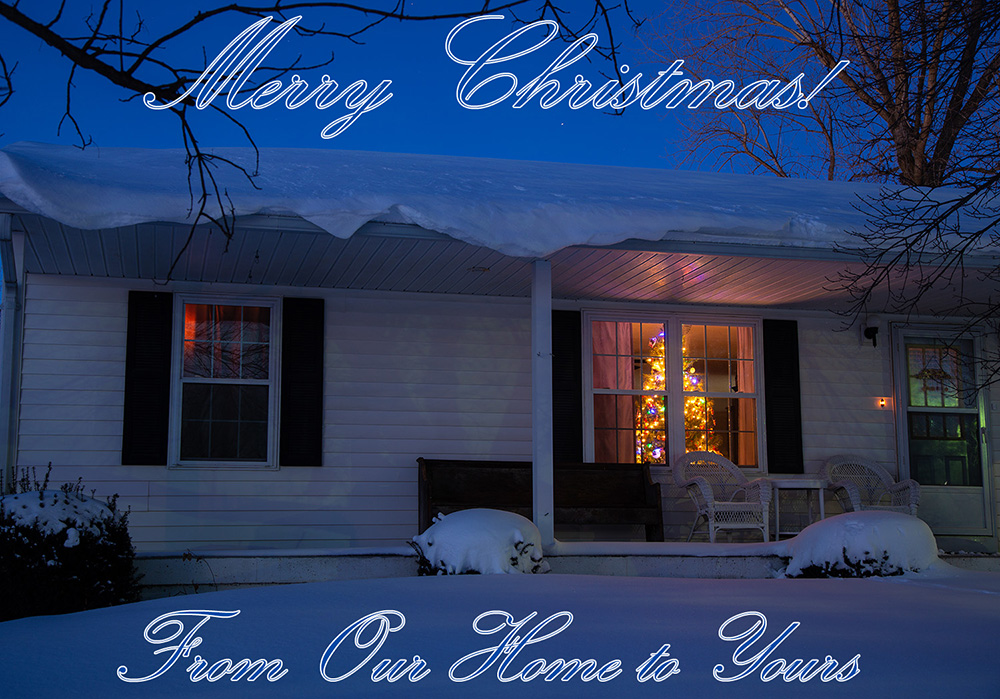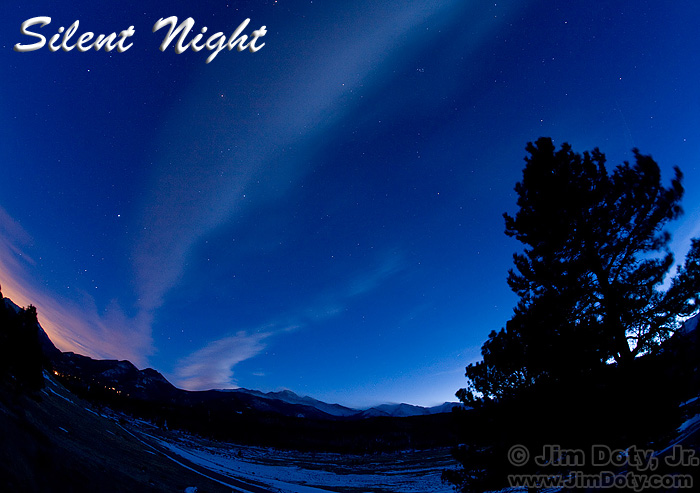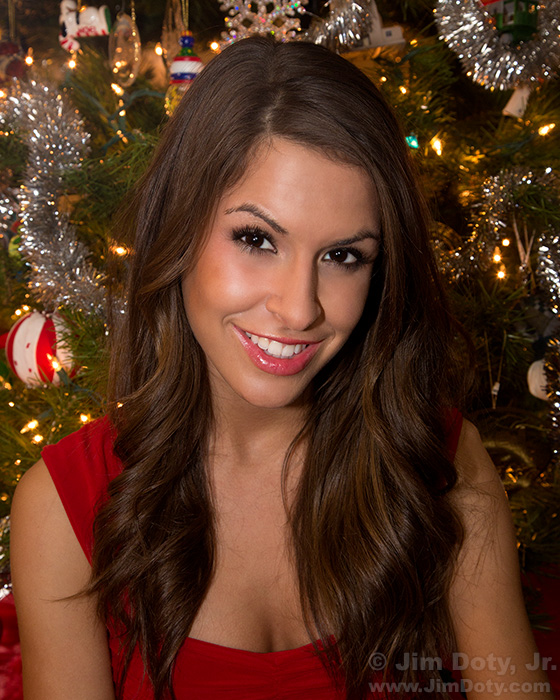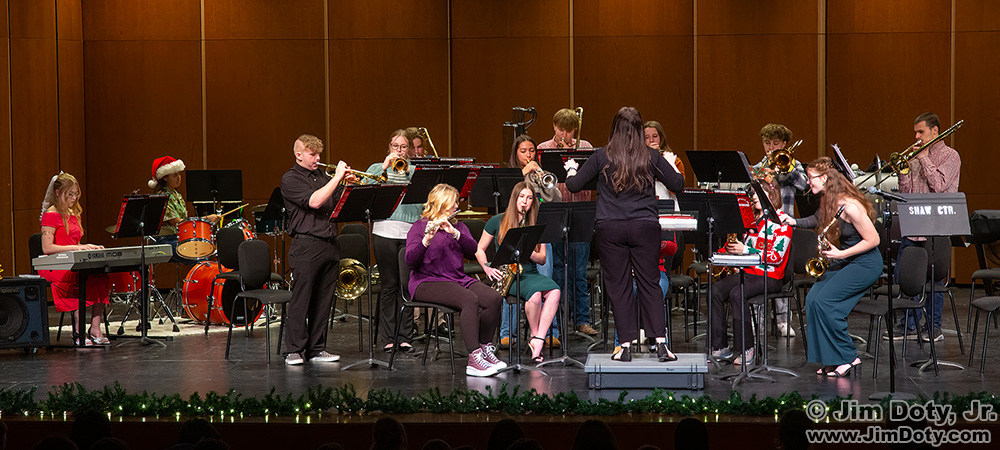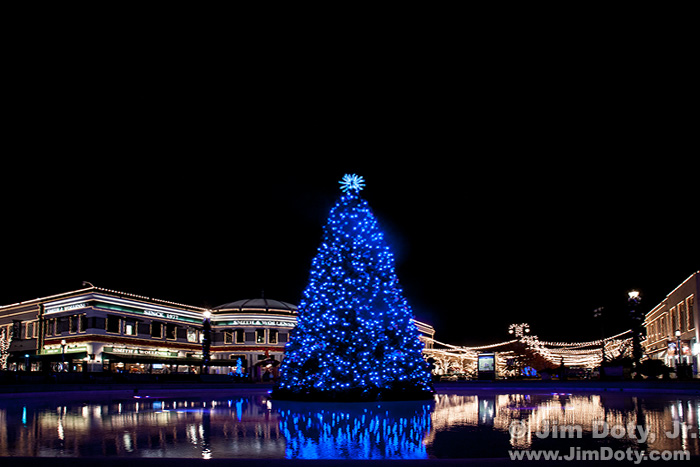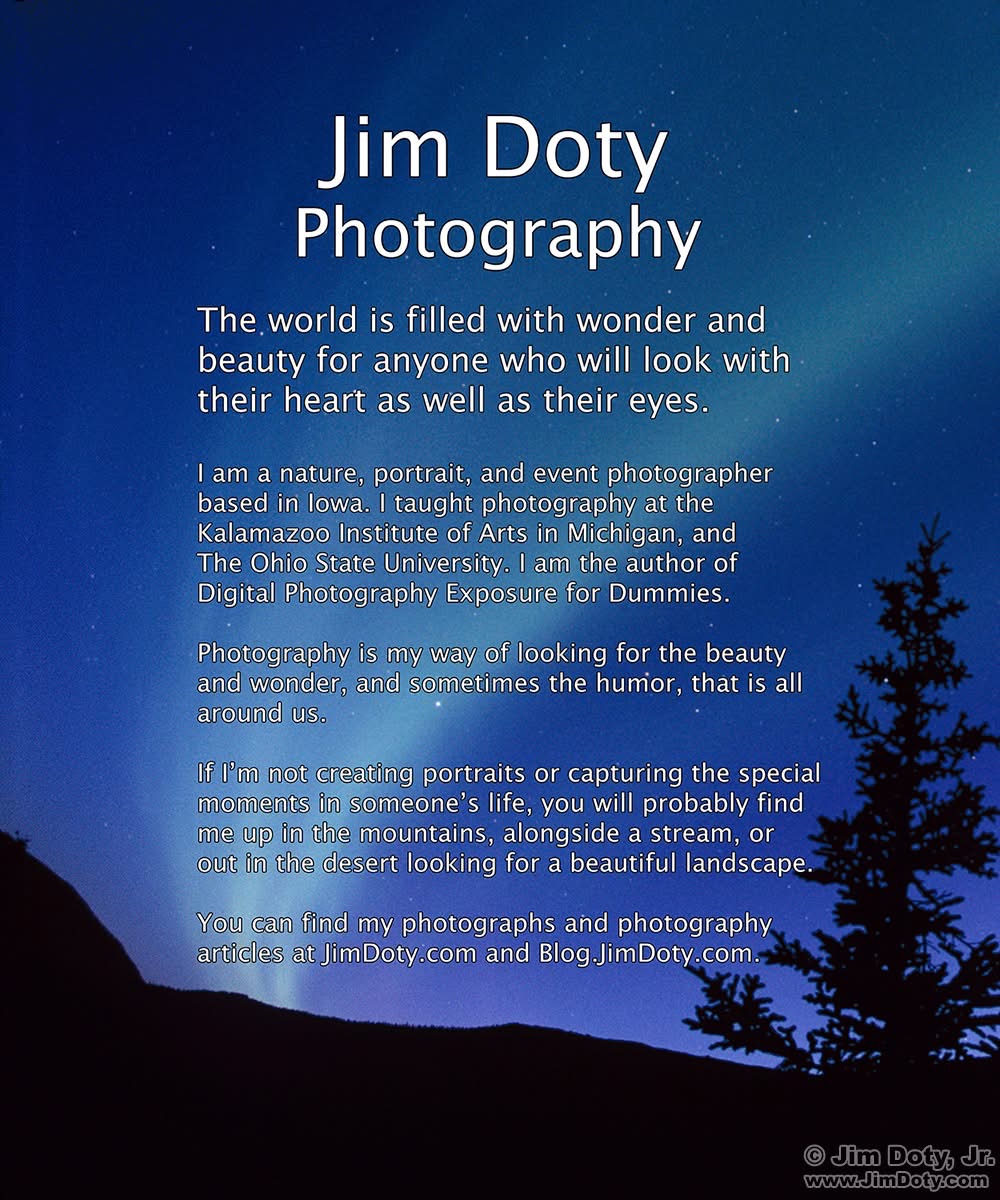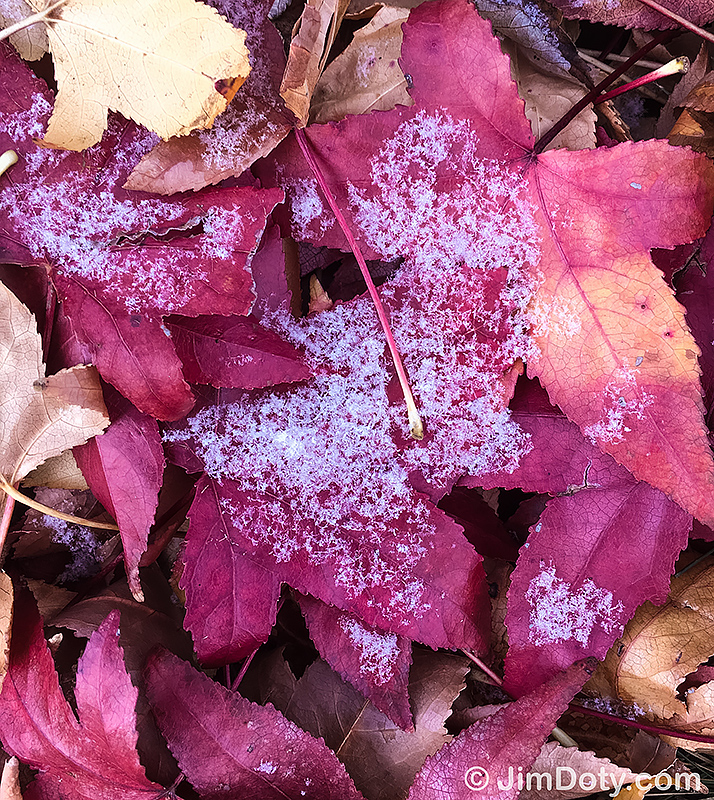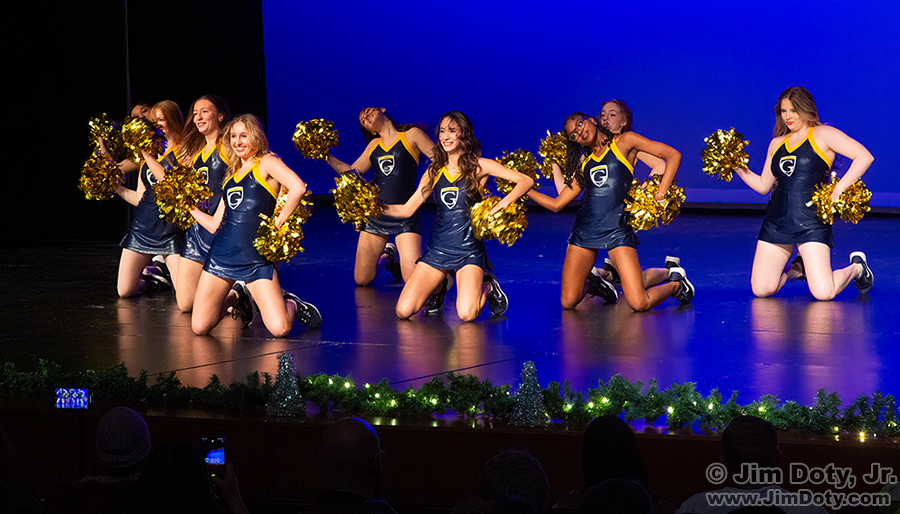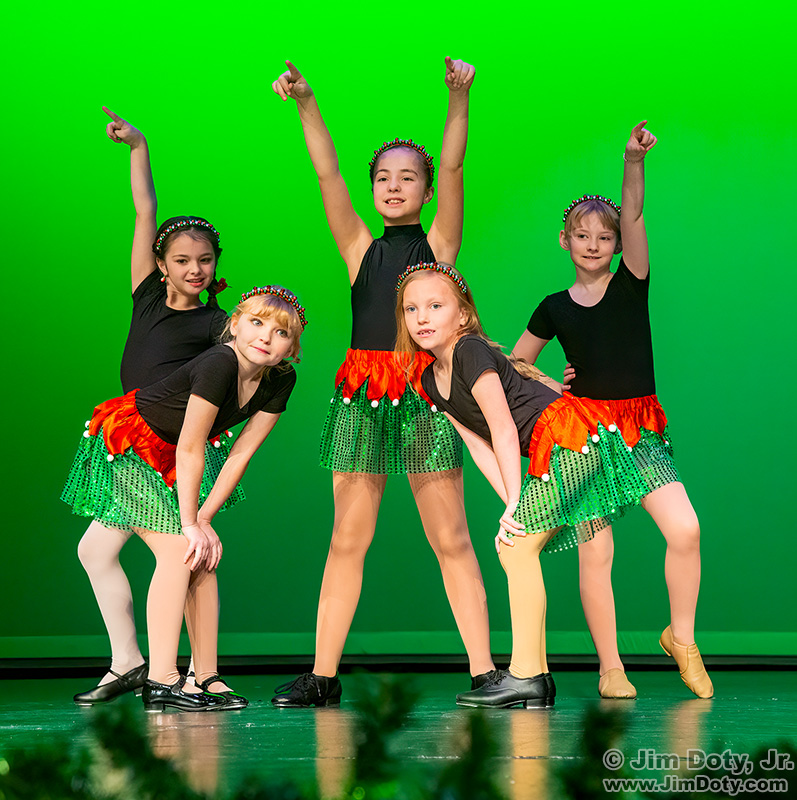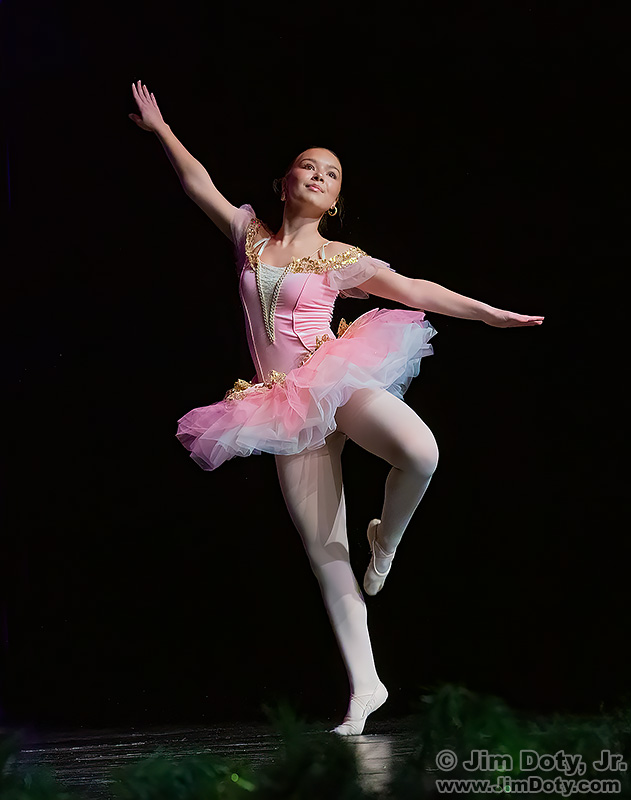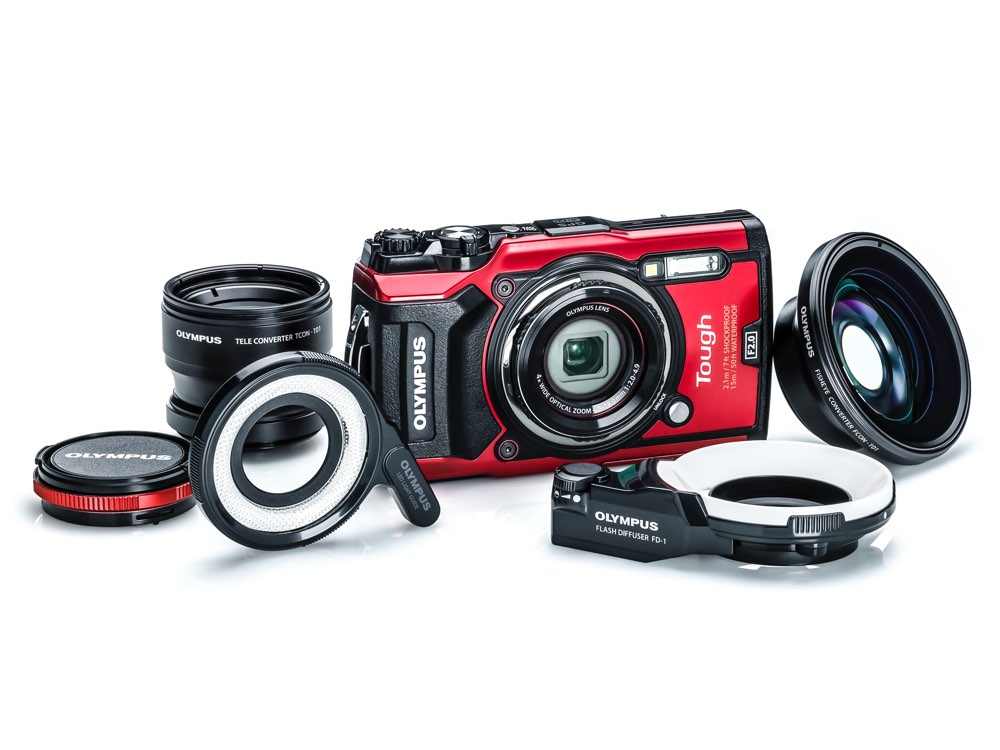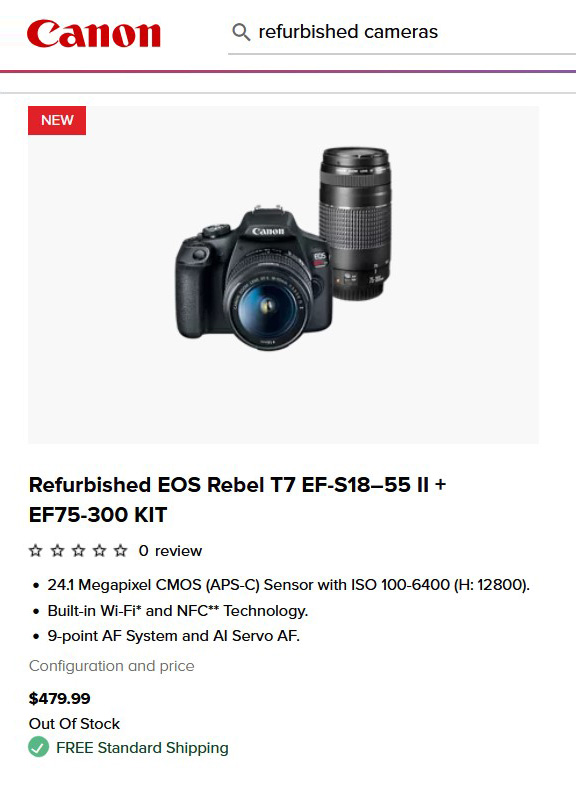The white snow in a winter scene can and often does fool a camera meter into underexposing a portrait, so here are the steps to take to get the right exposure. I throw in a few portrait suggestions too.
Author Archives: Jim
Metering Daytime Winter Scenes
Metering for scenes with a lot of snow can be tricky since the bright snow fools the camera meter. I see a lot of winter photos with gray snow, which means the camera meter did exactly what it was designed to do. The solution is quite simple provided you know what to do.
How To Series: Winter Photography
In addition to all of the usual photographic challenges, winter provides some extra complications, especially in terms of metering. So I began this series of articles on winter photography. Check out the links below. The articles will help you meet the unique challenges of winter photography. So get out there, have fun, and create some great winter images!
Rating Photos On The Road
For a project I am working on, I opened my “favorite photos” folder with Adobe Bridge to look for my favorite portraits created in Michigan. I did a search for “Michigan” + “portraits” and in less than a second Bridge showed me all of my favorite portraits taken in Michigan. This is a partial screen capture of some the results. (Bridge found a total of 154 favorite portraits taken in Michigan.) As I looked at the stars under the portraits of Anoush, it gave me an idea that became this article. My camera can rate photos with one to five stars. when I download the photos and open them in Bridge I see those star ratings. Sometimes that can be very important.
Happy New Year!
First Trip to Yosemite
We spent most of the Christmas holiday in the Bay Area visiting family. When we left the Bay Area the morning of December 30, 1990, we decided to make a side trip to Yosemite before making the long drive home.
Kristin – Favorite Photo for December 29
Kristin wanted to know if we could squeeze in a photo shoot while she was home for the holidays. “Of course”, I said. December 29 was the day that worked for both of us. We went to downtown Columbus Ohio to create images. Thanks to the sunshine and the clothes she chose to wear, you would never guess the windchill was 26° during our shoot. We were texting Christmas greetings to each other and I reminded her how cold it was for this photo shoot. She didn’t realize it was that cold. She was caught up in the memory of the photo shoot.
Merry Christmas!
Silent Night!
Snow glistens in the last light of dusk.
Distant clouds glow with the fading light from the sun, long since set.
How To Mix Flash and Ambient Light for a Christmas Portrait
On Christmas eve I found myself doing Christmas portraits for Kristina’s portfolio. She is a friend of mine who is a model and actress in L.A. I had to improvise a bit with the lighting and I needed to get the right mix of flash and ambient light for the look I wanted.
Lamoni Schools Winter Band Concert
Under the direction of Mackenzie Stotts, the Lamoni bands put on a fun and varied winter band concert with a mix of traditional music and holiday favorites. Lamoni has four bands that played in this order: the High School Jazz Band, the 5th and 6th grade band, the 7th grade band, and the 8th – 12th grade band. Each of the bands played several numbers with classics like “Winter Wonderland”, TV special music, like “You’re A Mean One Mister Grinch”, and music from “The Polar Express”. A delightful surprise was “Carol of the Boombuckets” featuring boombuckets and boomwhackers. Boomwhackers look like swimming pool noodles, but they are made of plastic and cut to length to make different pitches as you swing them to hit the floor. It was a happy evening for the big and appreciative crowd at the Shaw Auditorium.
How to Photograph Christmas Lights with Your DSLR, Mirrorless Camera, or Smartphone
‘Tis the season and there are a lot of Christmas lights out there to photograph. It is fun and easy, and with a few tricks up your sleeve there are creative things you can do. Many of these techniques can be used on other lights throughout the year, so this is a good time to practice your skills for photographing lights.
Fall Color Series: August 28 – December 18
Autumn is by far my favorite nature photography season. I take more pictures in the fall than any other season of the year.
Ohio, December 18
Nine years ago today I was out walking our dog when I found this pile of leaves with some ice pellets. Unless I am surprised in the days to come by some unexpected fall color, this is the end of my “fall color series” for this year.
I have a folder with my favorite fall color trees and leaves arranged by date (without regard to the year). Back in September I got the idea of posting my favorite fall color photos arranged by date. I began this series September 23 with a photo of aspen trees and the Maroon Bells in Colorado. December 17 is currently the photo with fall color. Some time in the future I may have to plan a trip to look for fall color somewhere farther south.
A brief artist’s statement.
Ohio, December 15
International Mountain Day
Yesterday, December 11, was International Mountain Day, and I missed it. I didn’t even know there is such a day. I love mountains!
Face to Face at -40 Degrees
It was 30 years ago today and I was face to face with a cougar. The windchill was -40° Fahrenheit at Wildlife Prairie Park. It was bone chillingly cold, even with Sorel Pac boots, thermal underwear, layers of clothes, and a winter parka. I had to take a break every hour or two to warm up. But it was worth it.
Ohio, December 9
Ordering Prints from Zenfolio
Parents and other family members can order event photos at my Zenfolio site (link below). Most digital cameras create “long aspect ratio” files which print out at 4×6 inches, 8×12 inches, 12×18 inches and larger. But for artistic reasons some images look best as “standard aspect ratio” prints: 4×5 inches, 8×10 inches, 11×14 inches, and larger. Prices are also determined by the aspect ratio. An 8×10 print is $5.99 and an 8×12 print is $6.99.
Living Art Studios Dance Recital
“Twas the Night Before Christmas” Dance Recital
As the parking lot filled up and people swarmed into the Shaw Center Auditorium, it was clear once again that this is one of the most popular events of the year. It was a visual and musical feast as 55 dancers from the classes at Living Art Studios, along with the Graceland Gadets, provided 16 dance numbers that told a story. Narrators between the dance numbers wove it all together by telling a fanciful story of “Twas the Night Before Christmas” right here in Lamoni. An incredible amount of work by the dancers and the dance instructors goes into this production, plus the people that work on the music, lighting, sound, costumes in a riot of Christmas colors, plus the crew helping out backstage. It is one of the best nights of the year!
Dance Recital: Create a Lot of Images and Choose the Very Best
As a photo editor said long ago, “Take lots of photos and send me the very best.”
The “Living Art Studios” dance recital was Saturday night. It is one of the biggest events of the year in our little town. Yesterday I sent a small selection of images from the recital to the local newspaper which is published weekly on Thursday. I usually send 6 to 10 images and they usually publish from 3 to 6 and on really slow news week they post even more. Today I am taking one last look at all the dance images for any additional favorites for this event. Here in this screen capture from Adobe Bridge are the first 20 shutter clicks (one RAW and one JPEG image for each click) with one of my cameras.
Review and Introduction: the Sky-Watcher Star Adventurer 2i
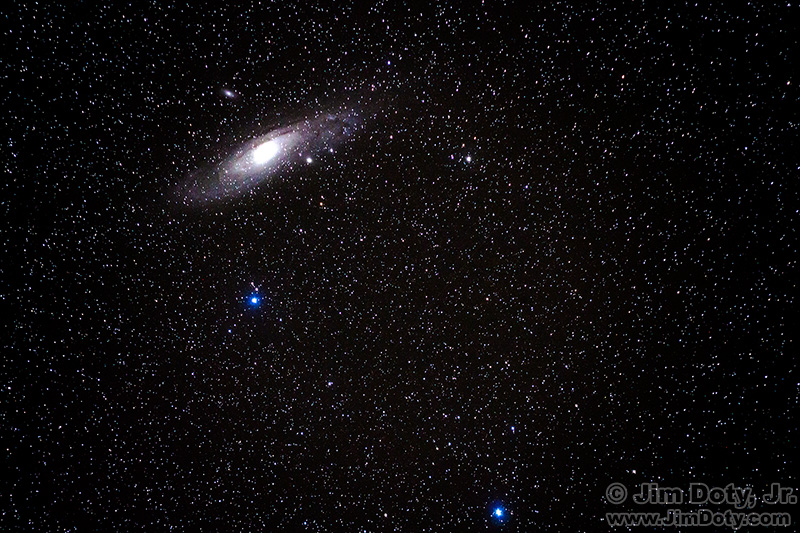
I purchased the Sky-Watcher Star Adventurer 2i so my camera and lenses can track the motion of the stars across the sky. I read several comparison articles before making my choice. I put it through its paces and decided to write a review with a basic introduction as to how to use it. Not only does it work, it works very well. This photo of the Andromeda Galaxy was taken on my first night out with clear skies.
Andromeda Galaxy and its Satellite Galaxies
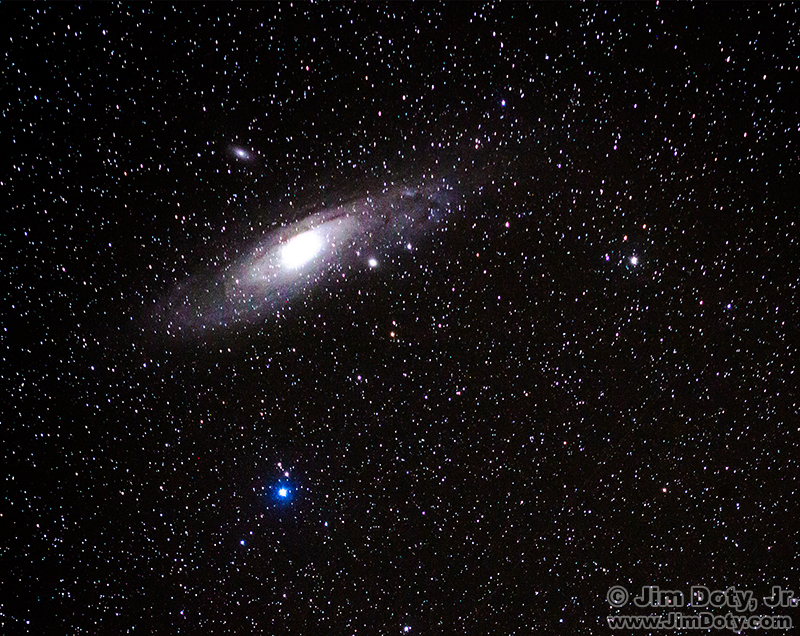
For me, December is not only the month for Christmas Season photos and portraits, on reasonably pleasant December nights with no wind it is the time of year to photograph the night sky. Winter has better night sky “seeing” than the other three seasons. Cold air holds less moisture to there is more visual clarity of the night sky. Unfortunately, where many of us live winter is also very cold so I do most of my winter night sky photography in December since it is usually more tolerable.
Dancer
Ohio, December 3
The Best Rugged Digital Cameras for Underwater and the Beach
Water, sand, and grit can wreak havoc with ordinary cameras, so unless you have a waterproof case for your camera (more about that later), your best bet is to get a rugged, waterproof camera for underwater and the beach. This is especially true if you are around salt water.
Get a Quality DSLR and Two Lenses for $500
Yes, you can get a quality, name brand DSLR with two lenses for under $500 at Canon USA. I found this particular kit at the Canon USA web site. They are refurbished items directly from Canon USA and they come with a one year warranty, the same as you get when buying a new Canon camera or lens.
The Best Digital Cameras for 2025 (including 2015-2024)
The holiday season is here and I am getting the usual questions about which digital cameras I recommend. In every price range there are some cameras that are better designed than others. How do you find them? That is what this article is all about.
Inexpensive Gifts (for as little as $7) for Photographers
There are a lot of practical and inexpensive (more or less) gifts for photographers. Here is a nice list of items starting at $8. To make it easy to track them down, these items are individuality linked plus most of these items can be found in the Misc Goodies section of my photography store which has direct links to Amazon.com. Prices are current as of the date of this post, but prices and availability change often. These items are not listed in order of price.

